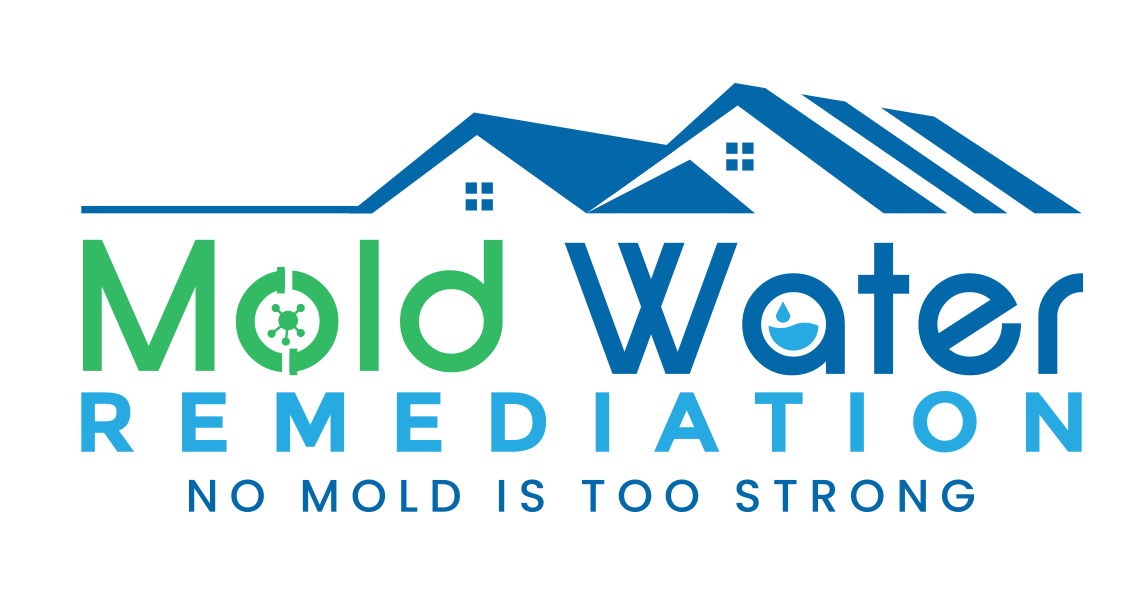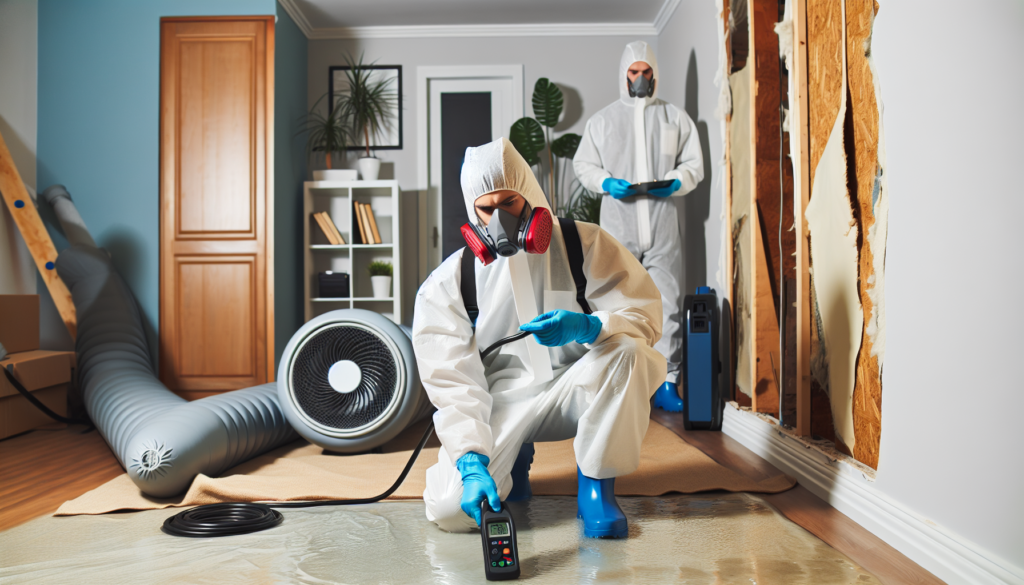Water damage can be a homeowner’s worst nightmare, causing significant harm to your property and belongings. But fear not, this comprehensive guide on water damage restoration will walk you through the essential steps of recovery and repair, helping you protect your investment and avoid costly mistakes. So, let’s dive into the world of water damage restoration and learn how to tackle this challenge head-on!
Key Takeaways
Water damage restoration is an important process that involves removing water, drying the area, and restoring property to its original condition.
Professional tools can identify hidden water damage which may lead to costly repairs and health risks.
Regular maintenance & inspections as well as preventative measures are key in minimizing future risk of water damage.
Understanding Water Damage Restoration
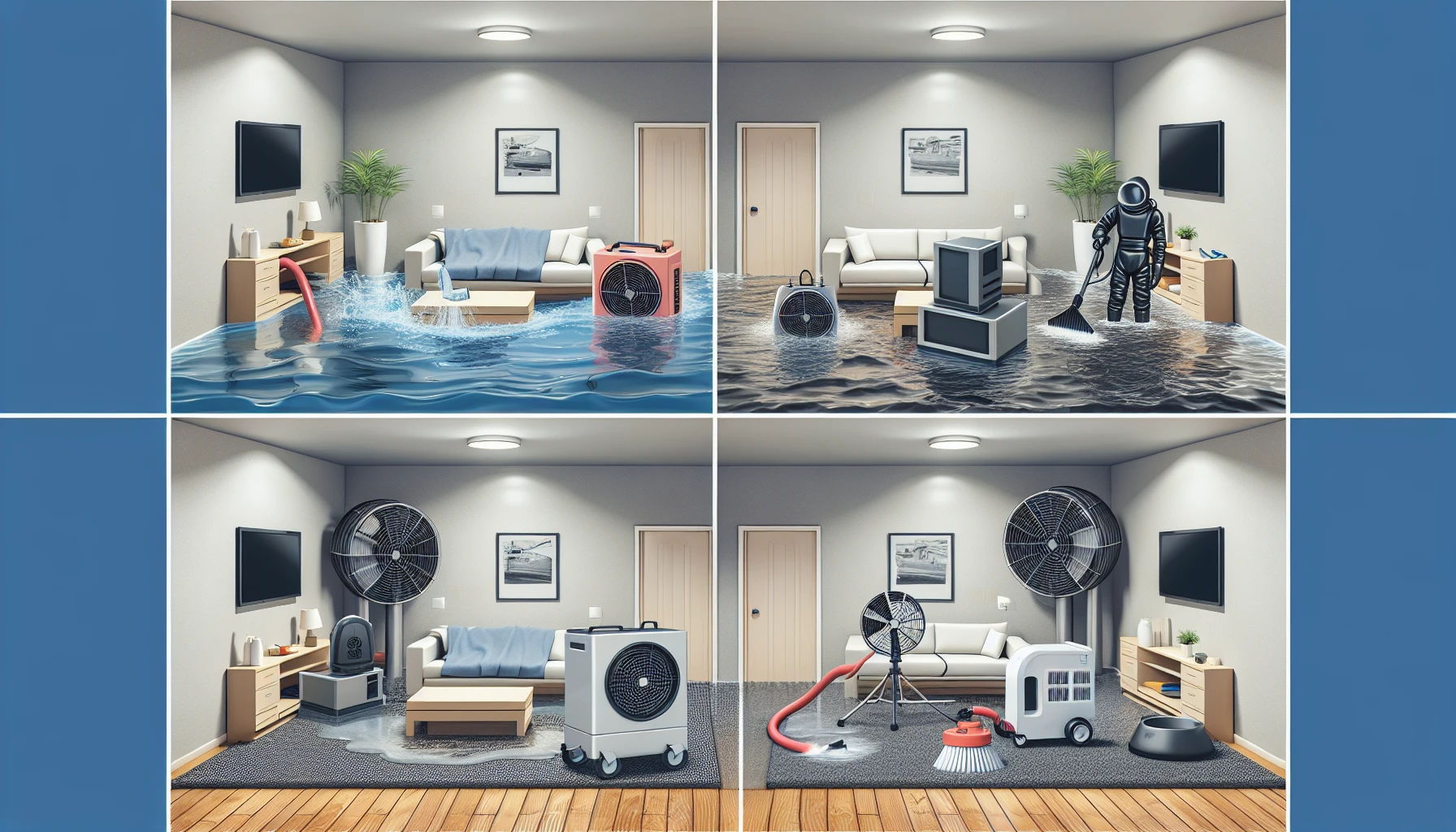
Water damage restoration is a multi-step procedure that includes:
Removing undesirable water
Drying the impacted areas
Cleaning the affected surfaces
Restoring the property to its previous state
This procedure is vital in minimizing damage and preventing further issues caused by flood water in the affected area.
Common causes of water damage in homes and businesses include floods, broken pipes, leaking roofs, and malfunctioning appliances that cause excess water.
Importance of Water Damage Restoration
A delay in responding to water damage could result in long-term health hazards from mold, bacteria, and pests. It can also lead to severe structural problems for walls, ceilings and floors. A timely response can help avoid structural damage, health hazards, and expensive repairs.
Being aware of the main sources of water damage is beneficial as it helps restoration specialists quickly identify the source during property evaluation.
Common Causes of Water Damage
Floods are a frequent cause of water damage in homes and businesses. They can lead to structural damage such as loose floors, roof or foundation cracks which can result in water leakage and additional damage. Also, the power of floodwater and the debris it carries can inflict serious structural damage to the house.
Other prevalent causes of water damage include:
Burst pipes, which can result from weak pipes, high pressure, blockages, freezing temperatures, external pressure from construction activities or traffic, and tree root encroachment
Roof leaks, which can be attributed to aging roofing systems, broken or absent shingles, clogged gutters, chimney damage, and damaged or incorrectly installed flashing, among other factors
Malfunctioning appliances, such as dishwashers, which can potentially lead to water damage due to damaged supply or drainage lines, faulty door gaskets, or improper detergent usage.
Assessing the Damage
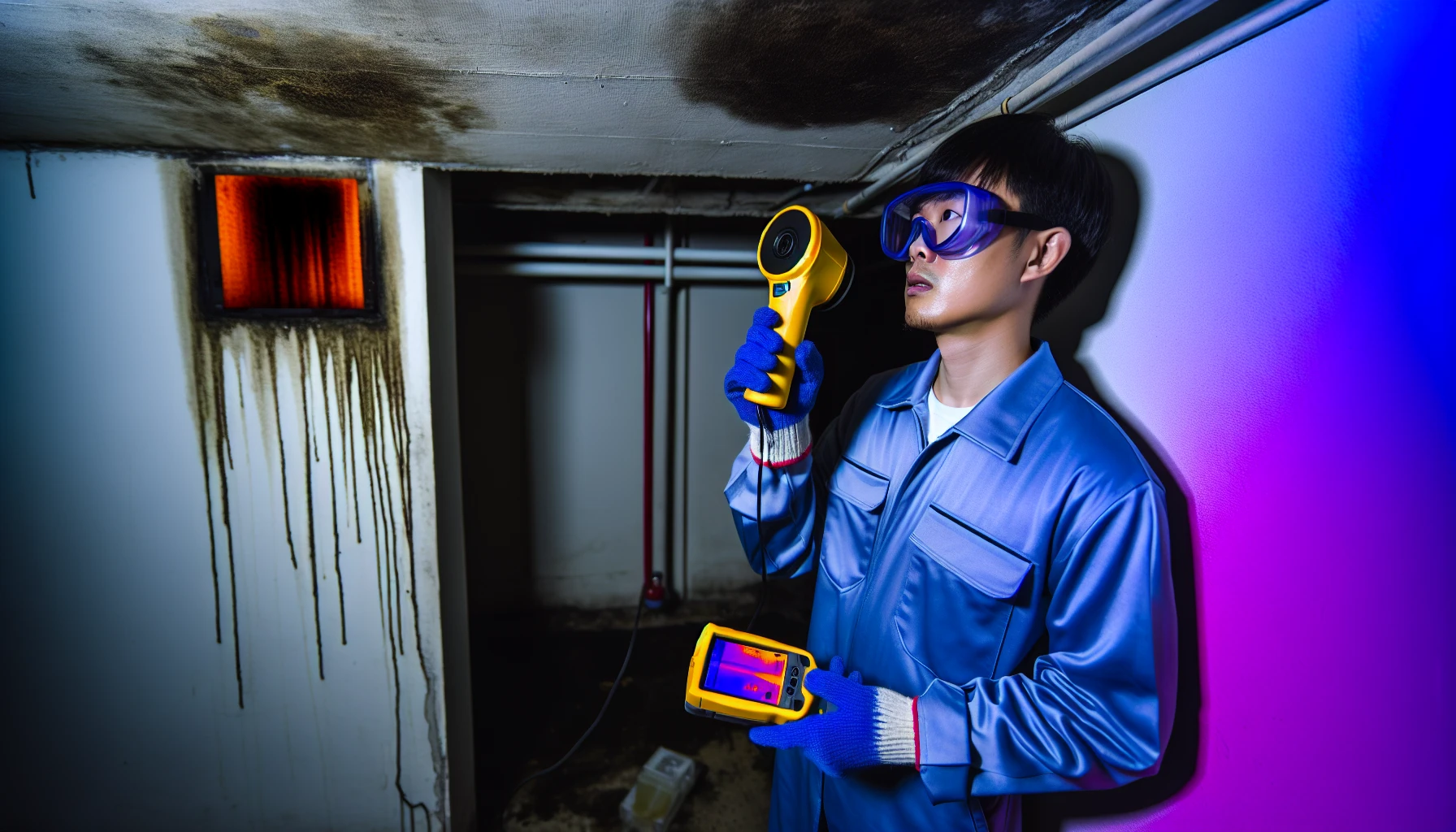
Evaluating the extent of water damage is a key step in the restoration process. An accurate assessment includes inspection, classification, and identifying hidden damage to decide the scope and type of restoration required.
A thorough evaluation helps restoration professionals determine the best course of action and prevent further damage.
Inspection and Classification
An important aspect of assessing water damage is the inspection and classification process. By accurately inspecting and classifying water damage, restoration professionals can determine the scope and type of restoration required. Water contamination categories are classified as clean water, gray water, and black water, while water damage classes are categorized as Class 1, Class 2, and Class 3.
Materials susceptible to water damage include porous building materials like carpet, gypsum board, fiber-fill insulation, and low evaporation materials like plaster, wood, concrete, and masonry.
Identifying Hidden Damage
Identifying hidden water damage is critical in preventing serious consequences, such as structural damage, health hazards, and increased repair costs. Tools like moisture meters and infrared thermal cameras can detect hidden water damage by measuring the moisture content of surfaces and materials and detecting temperature variations caused by moisture, respectively.
Other tools employed to detect water damage include thermal imaging cameras, ultrasonic devices, acoustic devices, GPR (ground penetrating radar), and video pipe inspection equipment.
Essential Steps for Water Damage Restoration
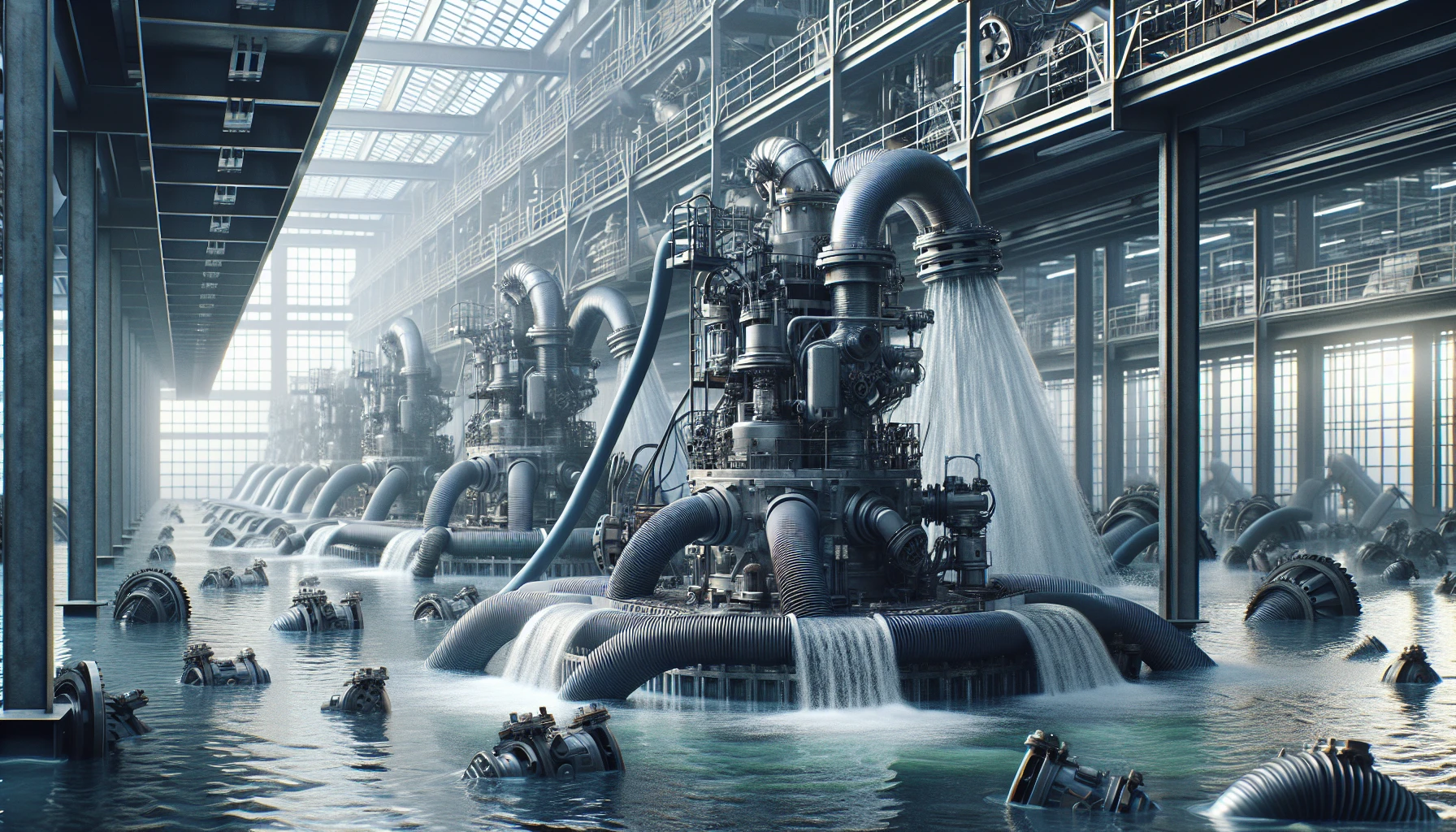
After the water damage assessment, the next phase is to undertake the fundamental steps for water damage restoration. These steps encompass:
Water extraction and removal
Drying and dehumidification
Cleaning and sanitization
Repair and reconstruction of the remaining materials
Following these steps will ensure a thorough and effective restoration process, provided by our top-notch restoration services.
Water Extraction and Removal
Water extraction and removal involves using industrial vacuums, submersible pumps, and other equipment to eradicate standing water. Water extractors, wet vacuums, and vacuum-sealed extractors are suitable for water extraction and removal. Submersible pumps are designed to be fully submerged in water, allowing them to be utilized in water extraction from various areas, such as construction sites, mines, basements, and flooded areas.
Other equipment typically utilized in the water extraction and removal process includes:
Light wand
Water extractors
Dehumidifier
Air movers
Negative air machines
Water pumps
Industrial-grade fans
High-powered dehumidifiers
Air scrubbers
Moisture meters
Drying and Dehumidification
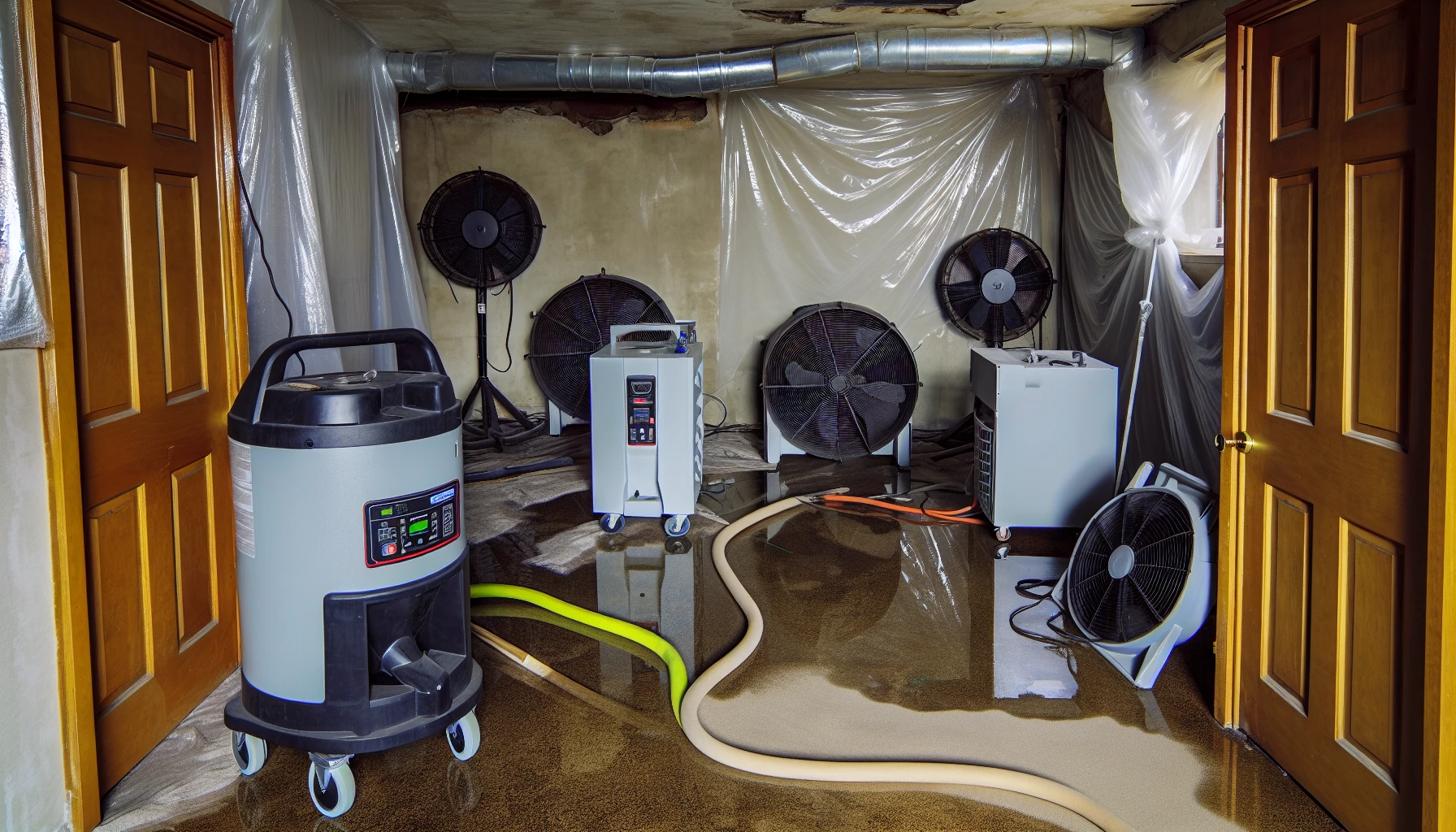
Once standing water has been removed, the drying and dehumidification process begins. This process involves the use of heavy-duty fans, dehumidifiers, and improved air circulation to remove excess moisture from the affected areas. Dehumidifiers are essential components of the water damage restoration process, as they facilitate the removal of excess moisture from the air, preventing further water damage, such as warping and rotting of floors and walls.
The drying and dehumidification process typically takes longer than water removal, particularly if the water damage is classified as Class 3 or 4 and necessitates the removal of sections of walls and/or floors.
Cleaning and Sanitization

After drying and dehumidification, cleaning and sanitization of surfaces is essential to ensure the property is safe and free from mold growth and other contaminants. This process includes mold cleanup, antimicrobial application, and deep cleaning of carpets and upholstery.
Personal protective equipment, HEPA vacuums, air scrubbers, and antimicrobial solutions should be used to clean and sanitize surfaces affected by water damage, especially if the damage is Category 3 (sewage or other contaminated water).
Repair and Reconstruction
The final step in the water damage restoration process is repair and reconstruction. This involves replacing any materials that cannot be salvaged and restoring the property to its original condition before the incident. Rusting of metal parts, wood rotting, and carpet damage are common types of damage that typically require repair and reconstruction after water damage. The usual procedure for replacing irreparable materials includes inspection, extraction, dehumidification, sanitation, and reconstruction if necessary.
To ensure the property restoration maintains its original structural integrity after water damage, it is recommended to:
Assess the structural damage
Remove wet items
Initiate the drying process
Engage a professional water damage restoration company
Address the water source.
Working with Professionals and Insurance Companies
The restoration process may seem overwhelming, but collaborating with professionals and insurance companies can promise a seamless experience. Professionals can help navigate the insurance claims process and manage the related paperwork, while insurance companies can assist in covering the expenses of water damage restoration.
Choosing a Water Restoration Company
Choosing a trustworthy water restoration company is key for a successful restoration process. Consider the following factors when choosing a company:
Licensing and insurance
Certifications
Experience
Training
Reputation
Response time
Equipment availability
Customer service
Assistance with insurance claims
Certified technicians guarantee that they have received the necessary training and follow strict standards and ethics while performing their work, ensuring you receive quality service.
A reputable company should have modern equipment such as:
High volume extractors
Dehumidifiers
Air movers
Air purifiers
Moisture detectors
Self-propelled dump containers
Hygrometers
Moisture meters
IR cameras
Extractors
Air scrubbers
Navigating Insurance Claims
Navigating insurance claims can be a complex process, but enlisting the help of restoration professionals can facilitate the process and guarantee adequate coverage. A water restoration professional can provide assistance by documenting and assessing the water damage, providing advice on contacting the insurance company, and aiding in the cleanup and mitigation process.
Common mistakes when filing water damage insurance claims include:
Overlooking reading their policy
Delaying informing their insurer
Not adequately documenting evidence
Having poor communication with their insurance company
To file a water damage insurance claim, it is important to provide documentation of the damage, such as photos, and demonstrate that the damage was caused by something sudden and internal, like a burst pipe.
Preventing Future Water Damage
Preventing future water damage holds equal importance to restoring your property after an incident. Implementing regular maintenance, inspections, and preventative measures can considerably lower the risk of water damage in your home or business.
Regular Maintenance and Inspections
Regular maintenance and inspections are essential in preventing water damage. By routinely checking the following areas, you can identify potential issues before they cause damage:
Plumbing
Roofing
Appliances
Walls
Ceilings
Floors
Pipes
Basement and attic areas
Musty or moldy smells
Routine inspections should be conducted at least annually, although some individuals opt for bi-annual or more frequent inspections to ensure potential issues are promptly addressed.
Implementing Preventative Measures
In addition to regular maintenance and inspections, implementing preventative measures can further reduce the risk of water damage. Installing water alarms in areas prone to leaks, such as basements, bathrooms, and near appliances, can alert you to potential water damage, allowing you to take immediate action.
Ensuring proper drainage and sealing vulnerable areas, such as basements and areas with concrete flooring, can also help prevent water damage.
Summary
In conclusion, water damage restoration is a crucial process that involves understanding the causes of water damage, assessing the extent of the damage, following essential restoration steps, working with professionals and insurance companies, and implementing preventative measures to avoid future damage. By following the guidance outlined in this comprehensive guide, you can effectively restore your property, protect your investment, and enjoy peace of mind knowing you are prepared for any water damage challenges that may arise.
Frequently Asked Questions
What is the best way to fix water damage?
To fix water damage, turn off the power, locate the source, contact insurance and restoration professionals, clean the space, remove wet items, and begin the drying process. Finally, restore and rebuild any areas that have been damaged.
Why is Mold Water Remediation not so expensive?
Mold Water Remediation pricing is based on the labor and equipment needed for remediation and cleanup, which include removal of drywall, flooring, insulation, cabinetry and other materials.
So why is ServePro so expensive? because they can…
What is the biggest concern with water damage?
The biggest concern with water damage is the possibility of mold growth and weakening of the home’s structural integrity, which can lead to dangerous reactions and possible collapse. It also has the potential to ruin electrical systems, corrode plumbing, and destroy walls and ceilings.
Is water damage repairable?
Yes, water damage can be repaired with the right knowledge and tools. Follow a step-by-step repair guide to do it yourself.
How do you recover from water damage?
When dealing with water damage, the first step is to call your insurance company and take safety precautions. Then, remove wet items and begin the drying process, contact a professional water restoration service, and clean the space. Finally, replace flooring, walls, insulation, and renovate basement as needed before restoring and rebuilding.
